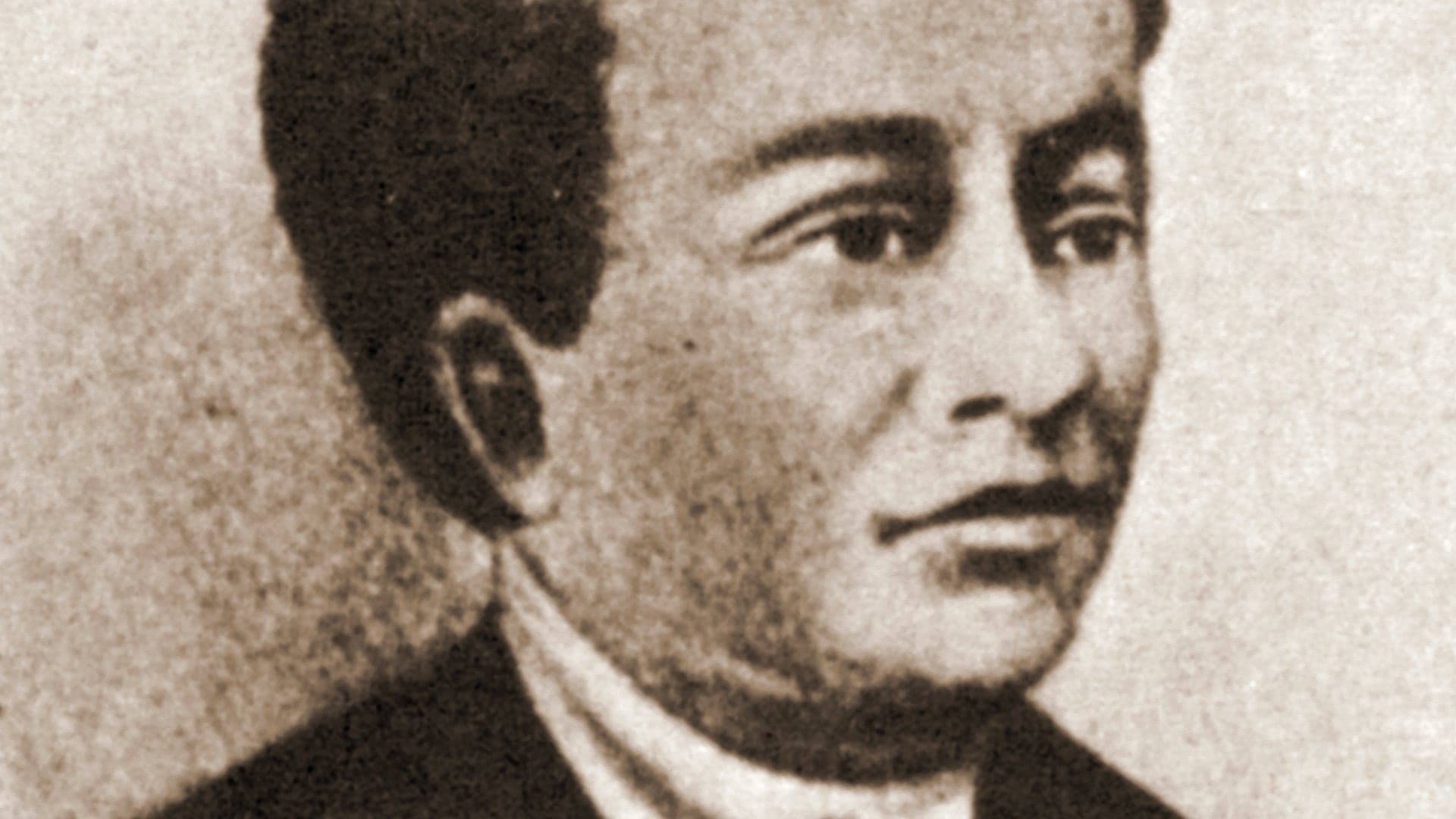On August 19, 1791, the accomplished American mathematician and astronomer Benjamin Banneker pens a letter to then-Secretary of State Thomas Jefferson. Jefferson corresponds prolifically with luminaries from around the world, but Banneker is unique among them: the son of a free Black American woman and a formerly enslaved African man from Guinea, Banneker criticizes Jefferson’s hypocritical stance on slavery in respectful but unambiguous terms, using Jefferson’s own words to make his case for the abolition of slavery.
Banneker himself was born free in what is now Ellicott City, Maryland, and was encouraged in his studies of astronomy and mathematics by the Ellicotts, a Quaker family who owned a mill and much of the land in the area. Predicting a solar eclipse and constructing a functioning clock that struck on the hour were among his early achievements. His prowess caught the eye of Jefferson after Major Andrew Ellicott chose Banneker to assist him in surveying the original boundaries of what would become the District of Columbia. Banneker also compiled several ephemerides (a type of astronomical chart) and almanacs.
In August of 1791, Banneker sent Jefferson, who was known both as a Founding Father and a devoted scientist, a draft of an almanac he was readying for publication. He felt compelled to include a personal note. In this letter, Banneker quoted the famous preamble to the Declaration of Independence (“We hold these truths to be self-evident, that all men are created equal…”) and said plainly that he was disappointed in the hypocrisy of Jefferson, a slaveowner:
"…but Sir how pitiable is it to reflect, that altho you were so fully convinced of the benevolence of the Father of mankind, and of his equal and impartial distribution of those rights and privileges which he had conferred upon them, that you should at the same time counteract his mercies, in detaining by fraud and violence so numerous a part of my brethren under groaning captivity and cruel oppression, that you should at the same time be found guilty of that most criminal act, which you professedly detested in others, with respect to yourselves."
Jefferson’s response, eleven days later, was cordial and complimentary but also condescending and racist. Jefferson praised the almanac and informed Banneker that he was sending it along to the Marquis de Condorcet, a French philosopher, mathematician, and abolitionist. The future president praised Banneker as a credit to the Black race, essentially telling him that he considered the almanac evidence that African American’s inferiority was owed “merely to the degraded condition of their existence both in Africa and America” and not to their innate inferiority, a paternalistic sentiment that was a frequent topic of debate among whites.
After Banneker’s death, Jefferson expressed doubt that a Black man could have written the almanac. He continued to own enslaved workers, despite decrying slavery in some of his writings, until his own death in 1826. Shortly after they were written, a Philadelphia publisher circulated a pamphlet containing Banneker’s eloquent argument for abolition and Jefferson’s non-committal response, which made the rounds among the nascent abolitionist movement. Contrary to the myth that slavery was universally accepted among educated and elite circles in the early United States, Banneker’s letter stands as proof that one of the nation’s founders received first-hand criticism of his hypocritical and contradictory stance on slavery in his lifetime.
